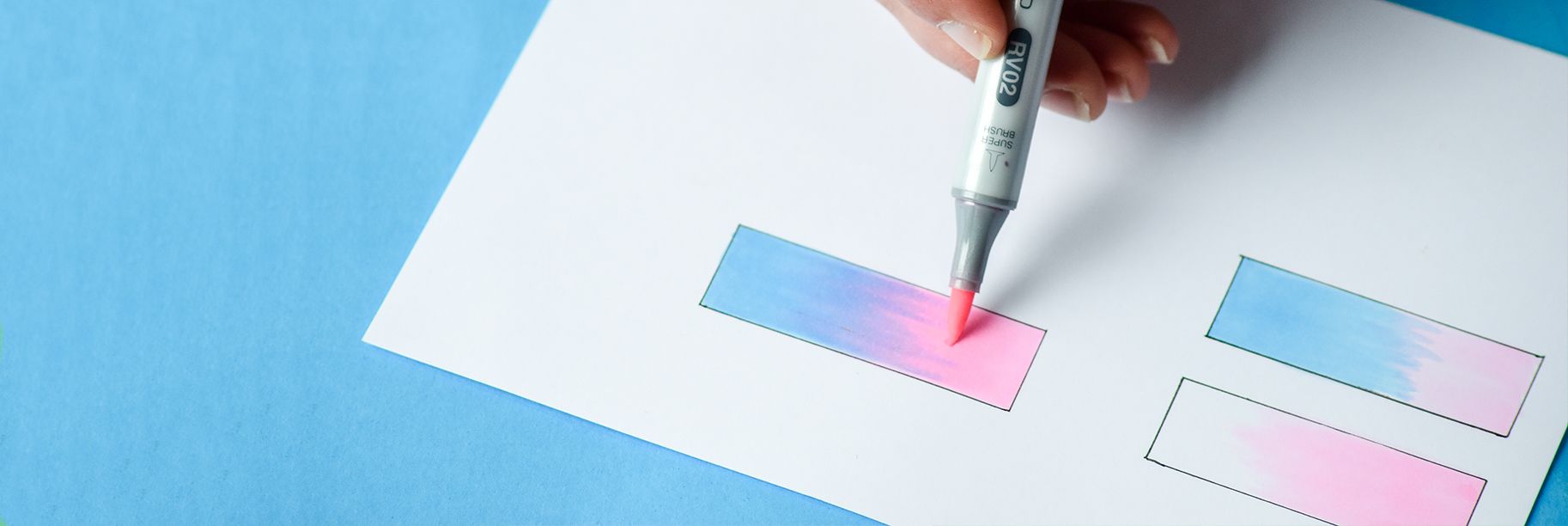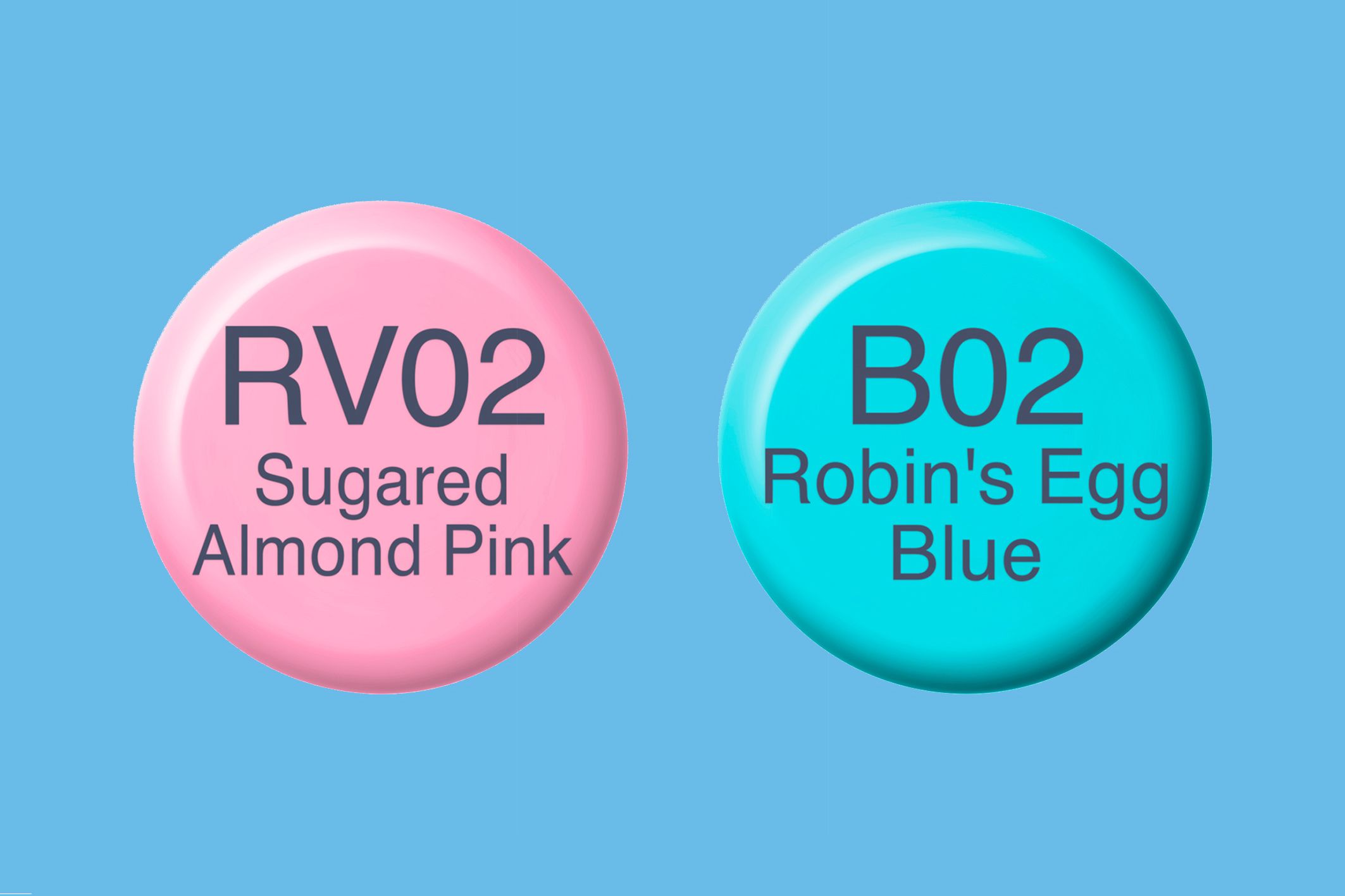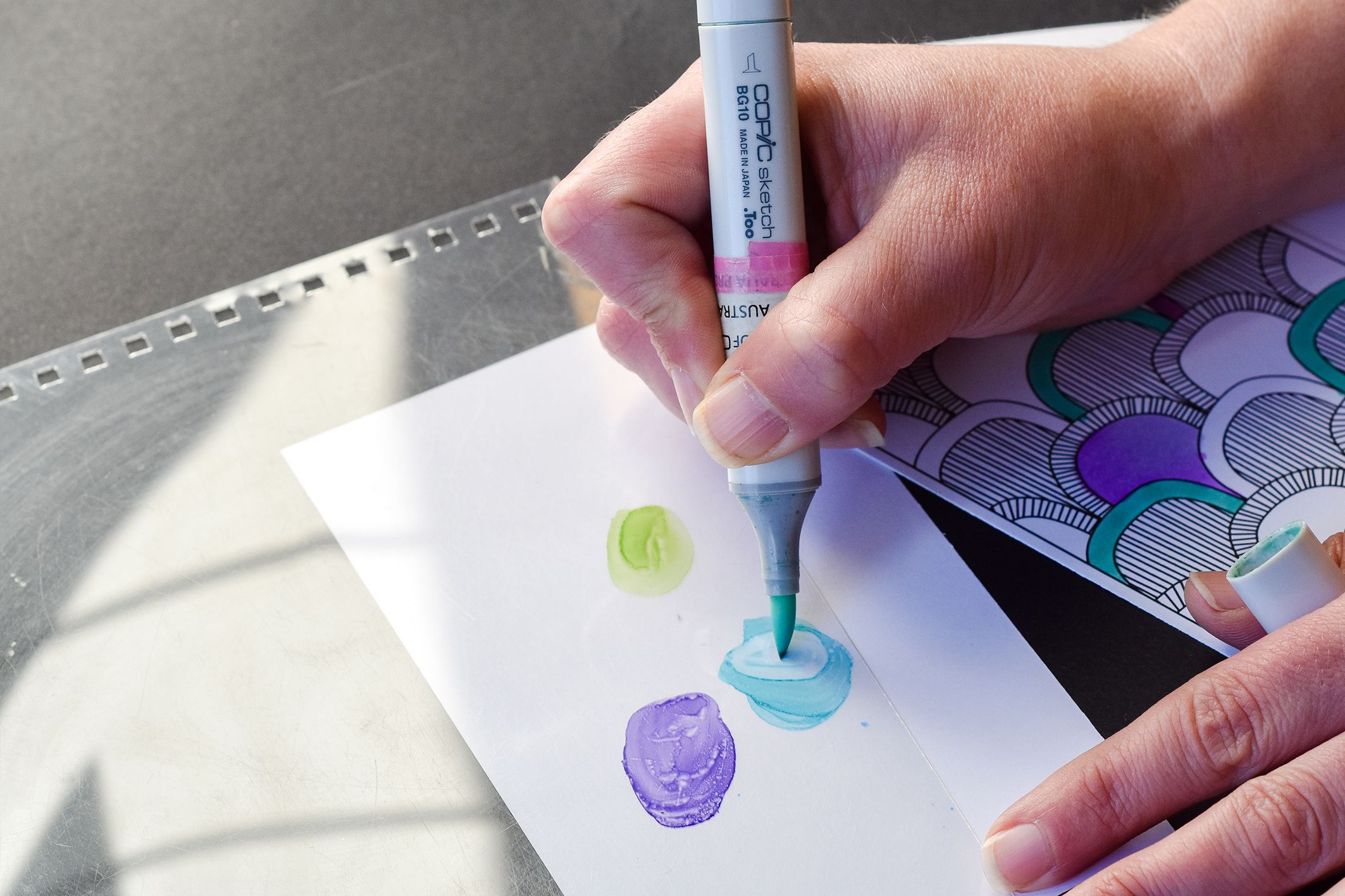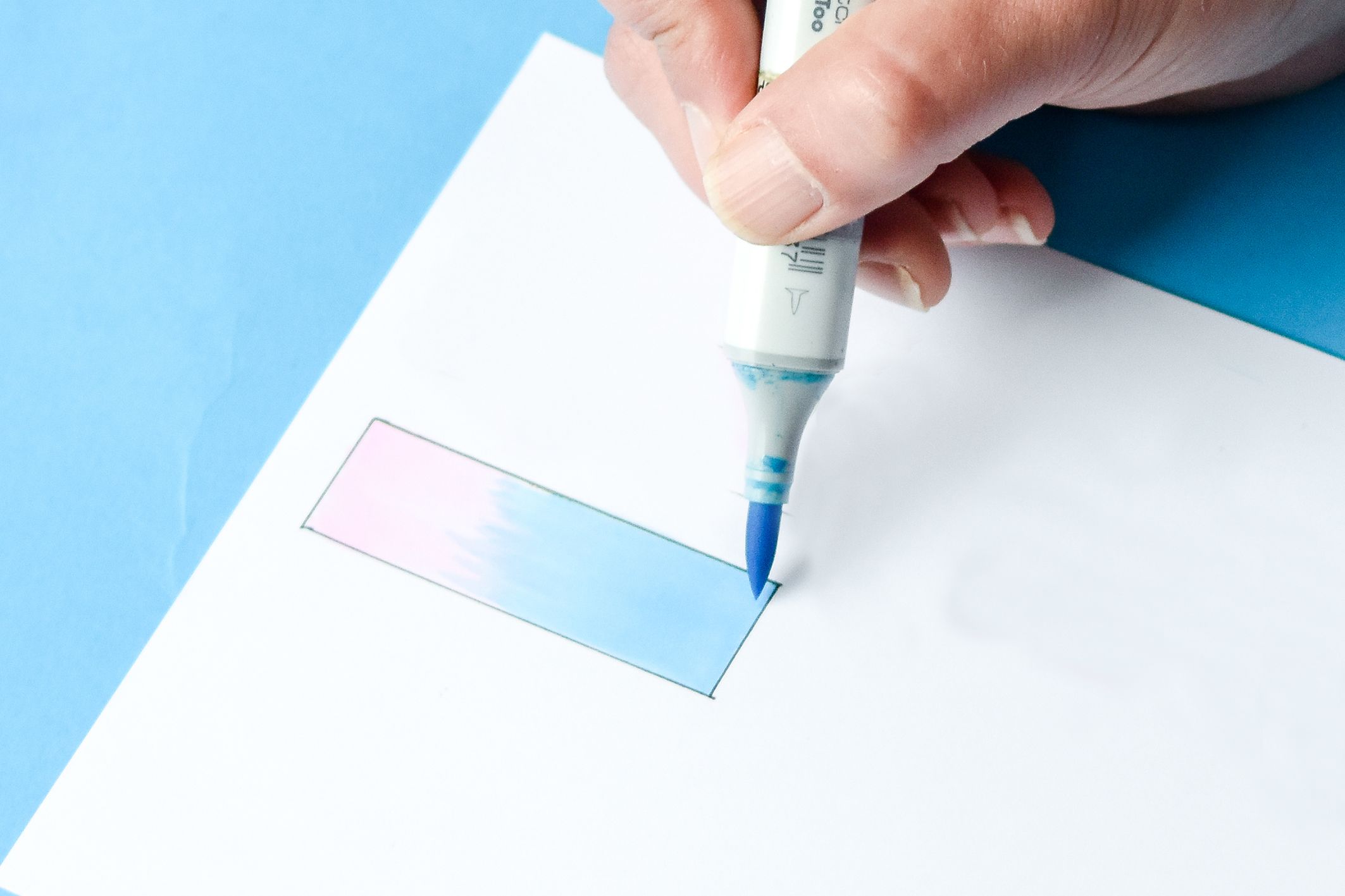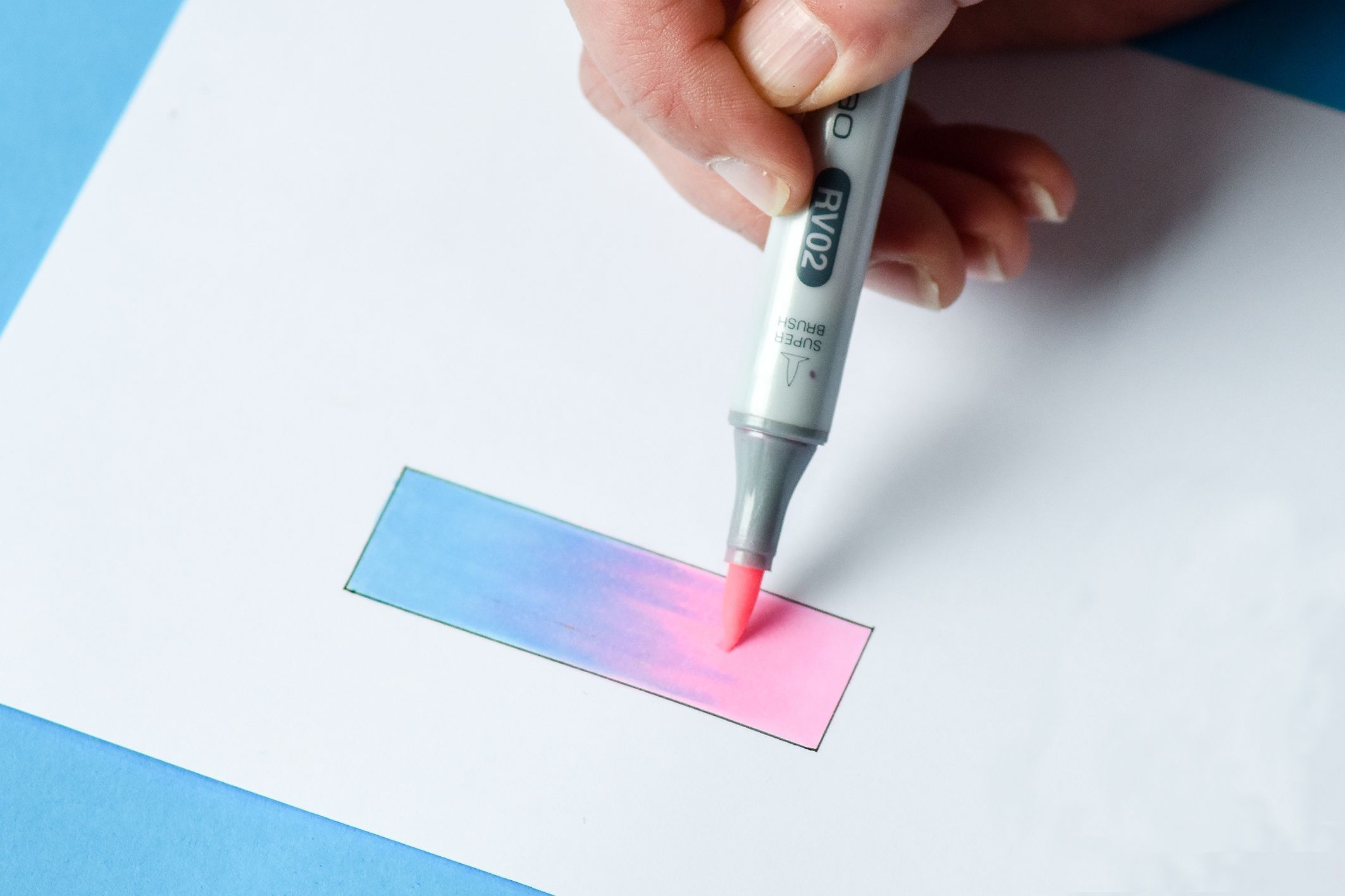Shop Now
- Copic
-
Painting
-
Paint
- Acrylic
- Oil Colour
- Water Mixable Oil
- Gouache
- Watercolour
- Decorative
-
Inks
- Atelier Acrylic Inks
- Sakura Oil Printing Colours
-
Permaset Screenprinting Ink
-
Permaset Aqua Standard
- Permaset Aqua Standard 100ml
- Permaset Aqua Metallic 100ml
- Permaset Aqua Standard 300ml
- Permaset Aqua Glow 300ml
- Permaset Aqua Metallic 300ml
- Permaset Aqua Standard 1Lt
- Permaset Aqua Process Colours 1Lt
- Permaset Aqua Glow 1Lt
- Permaset Aqua Metallic 1Lt
- Permaset Aqua Standard 4Lt
- Permaset Aqua Process Colours 4Lt
- Permaset Aqua Glow 4Lt
- Permaset Aqua Metallic 4Lt
- Permaprint Premium
- Permaset Aqua Supercover
- Screenprinting Sets
- Print Paste
- Screenprinting Accessories
-
Permaset Aqua Standard
- Amsterdam Acrylic Inks
- Mediums
- Canvas and Surfaces
- Brushes and Tools
-
Paint
-
Drawing
- Markers
- Pens
- Pencils
- Pastels
- Inks
- Drawing Surfaces
- Accessories
- Surfaces
- MABEF Easels
- Craft & Cutting
- Adhesives & Tape
- Display & Storage
- Framing Supplies
- Monumental Masons
- Talens
- Tutorials
- X-Press It
- Acrylic Paint
- Acrylic Pouring
- Art
- Art Creations
- Australian Artist
- Blending
- Chroma
- Cobra Water Mixable Oil Colours
- Colour Mixing
- Copic
- Deco Tape
- Double Sided Tape
- Drawing
- Ecoline
- Fineliners
- Gel Pens
- Gelly Roll
- Hand Lettering
- Koi Watercolours
- Lightfastness
- Mixed Media
- Oil Painting
- Oil Pastels
- Paint Markers
- Painting
- Pastels
- Pencils
- Permanent Markers
- Pigma Micron
- Pouring Art
- Rembrandt
- Sakura
- Soft Pastels
- Solvent Free Oil Painting
- Step By Step Tutorials
- Storage
- Talens
- Tips & Techniques
- Van Gogh
- Watercolour Brush Pens
- Watercolours
- X-Press It Craft
- Metal Leaf
- Glue
- Adhesives
- Alcohol Markers
- Copic Sketch
- Copic Classic
- Copic Ciao
- Copic Ink
- Airbrushing
- Refillable
- Alcohol Ink Art Techniques
What is feather blending?
What is feather blending?
The feather blending technique is good to use when you’re trying to blend very different colours that would turn into a colour mess if you tried to use the basic blending technique. This method is ideal for colouring long, slightly narrow areas like petals. Feather Blending works best with the brush nib from a Sketch or Ciao.
Step 1: Start with two lighter colours that are in very different colour families (colours that end in a 0, 1, or 2 will be easiest). We are using RV02 and B02 as our example. Work in a long, thin area that is not too large.
Step 2: Apply the first colour about 3/4 of the way through the area. Use the side of the brush and lift at the end of each stroke so you have denser colour at the start and less colour at the end of each stroke.
Note: the same principle applies when using a Copic marker for this technique, except you won’t have the distinct brush-stroke. Work in the same direction, but layer enough colour so streaks at the base are lost and they mostly disappear in the middle.
Step 3: Add your second colour from the opposite direction using the same techniques as step 2.
Step 4: Repeat step 3. Go back with another light layer of the first colour, then back with the second, then back with the first until it looks good. Every now and then let the paper dry so you can see the true effect. If the paper gets too saturated, you may see splotchiness. If you see ink glistening on the surface, let your paper dry a bit (not all the way, just enough so you’re not going outside your lines). Your colours will gradually get darker. If you have done this technique correctly you should lose most of the individual streaks unless you look closely. On smaller areas, you won’t have to repeat as often to make the colours look smooth.
Common Feathering Problems
People frequently try this blending technique with only the tip of the brush which prevents the individual strokes from disappearing. The solution is to use the side of the brush and add more light layers. Lots of very light layers overlapping are the key to making your blend look correct.
Another common problem is that the two colours don’t overlap enough. Be sure to allow plenty of room for colours to overlap.


